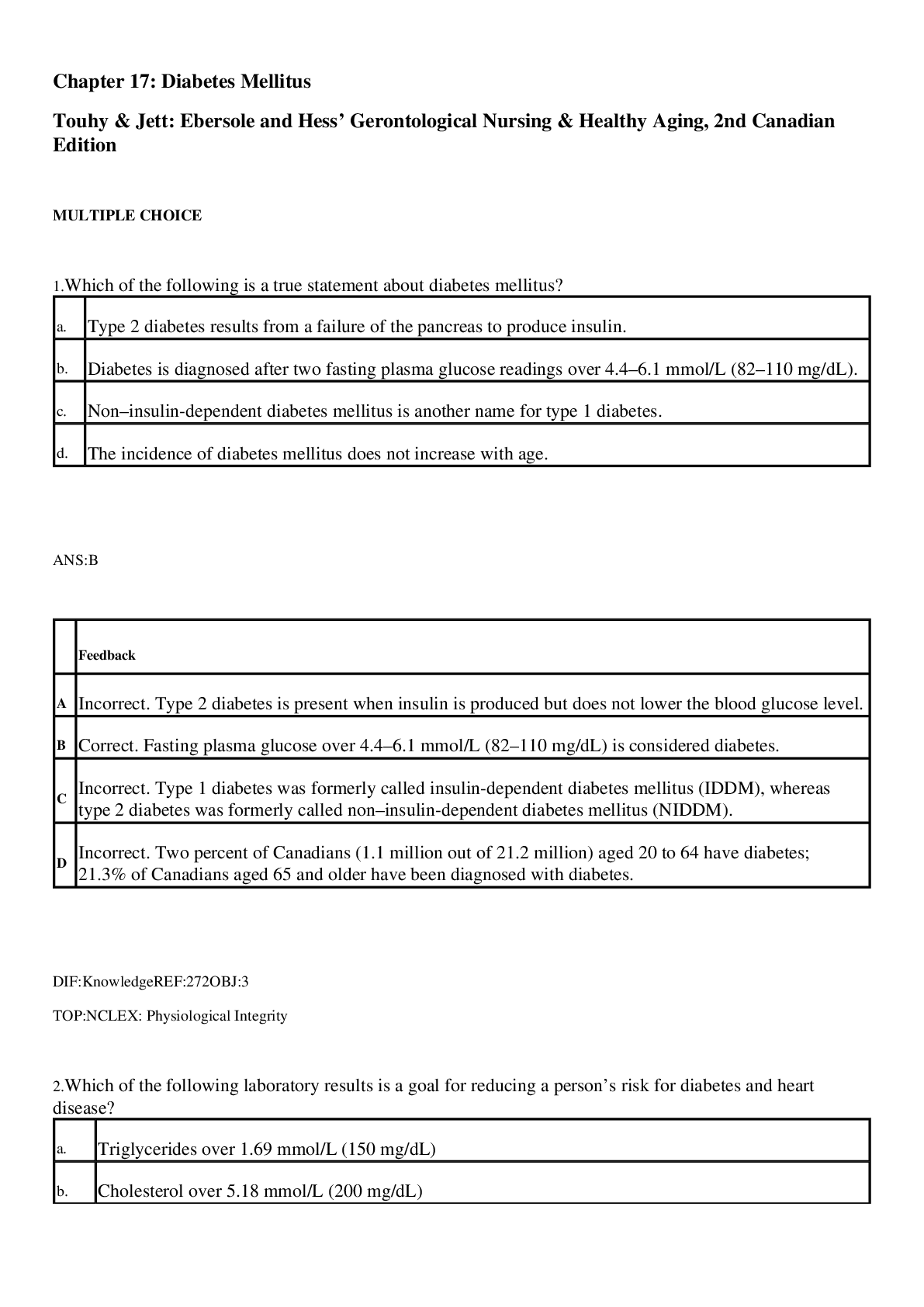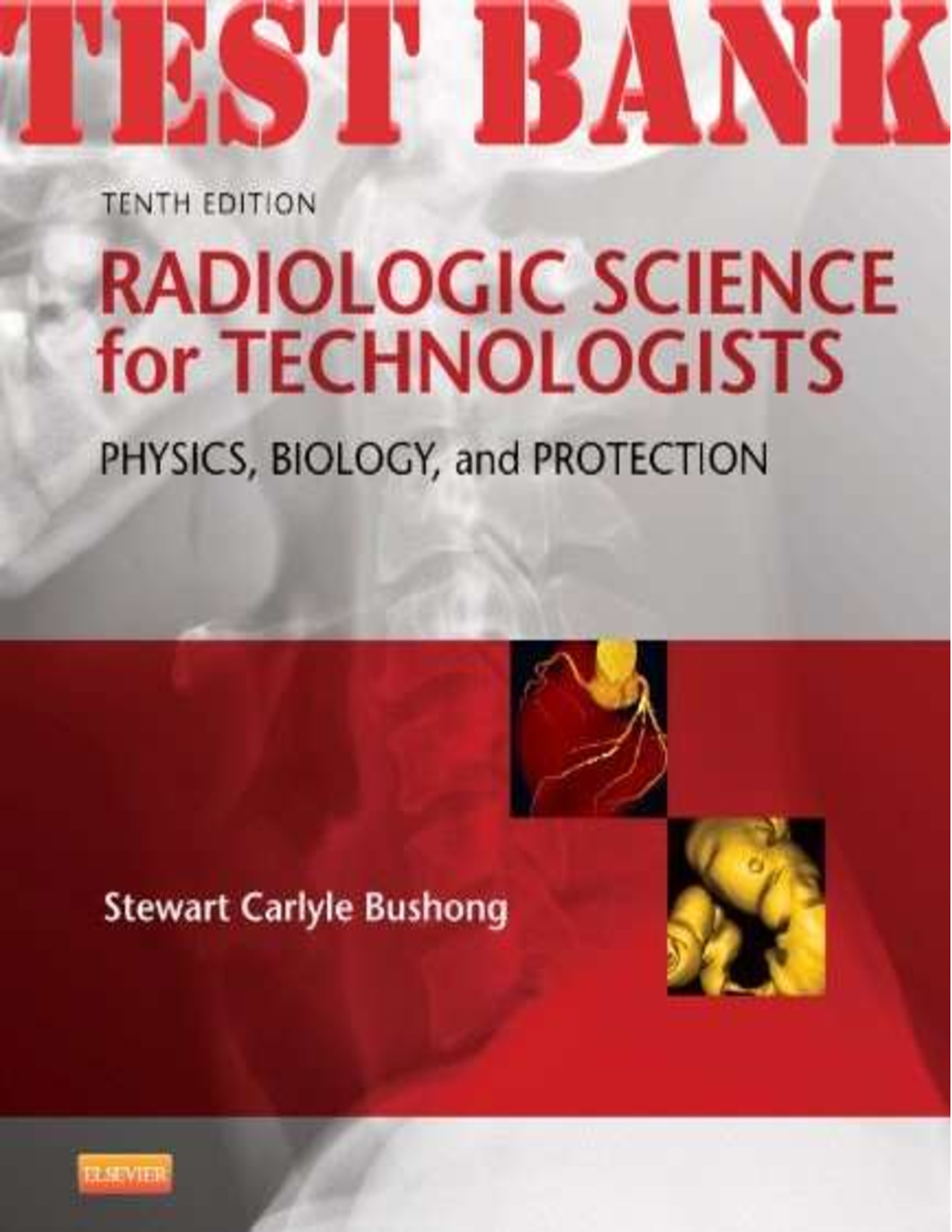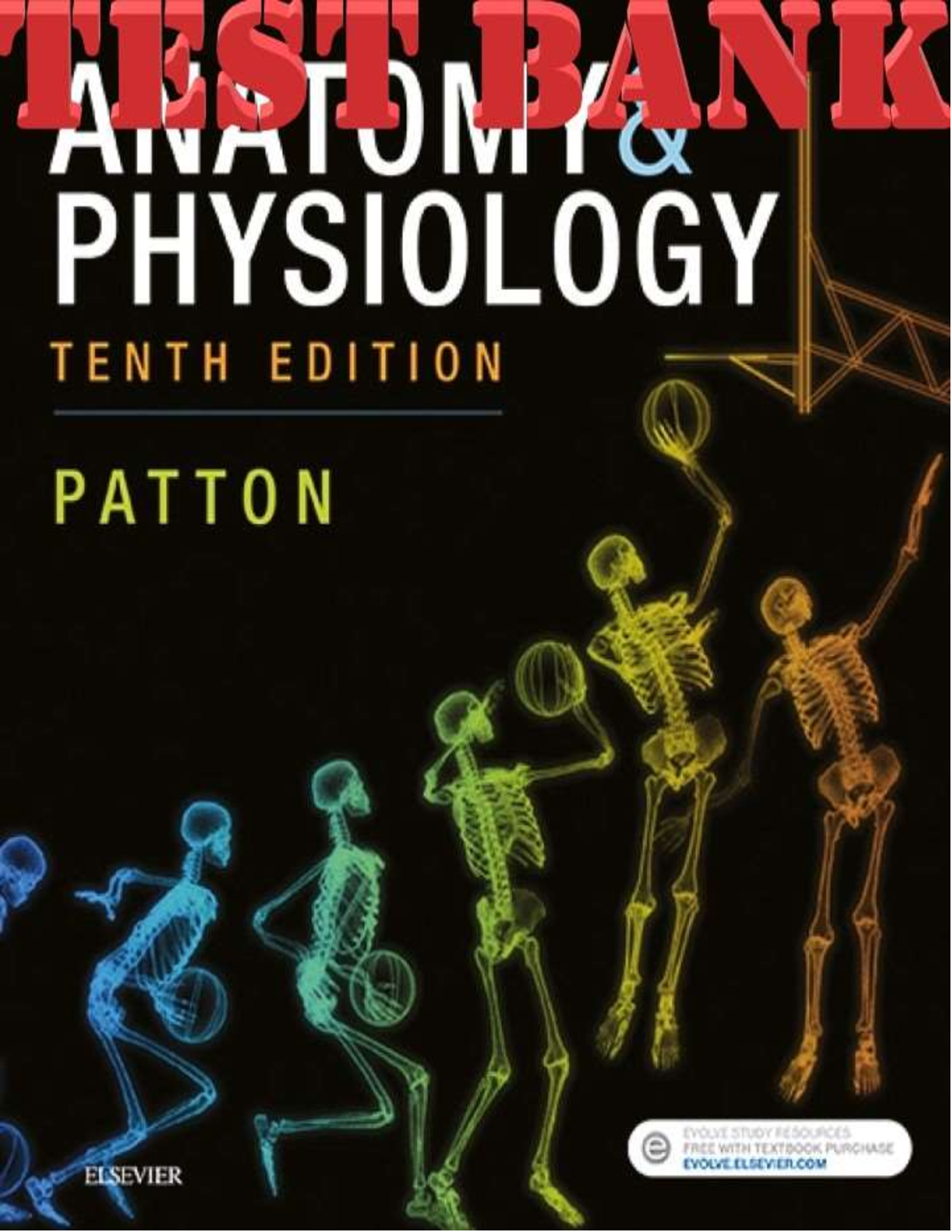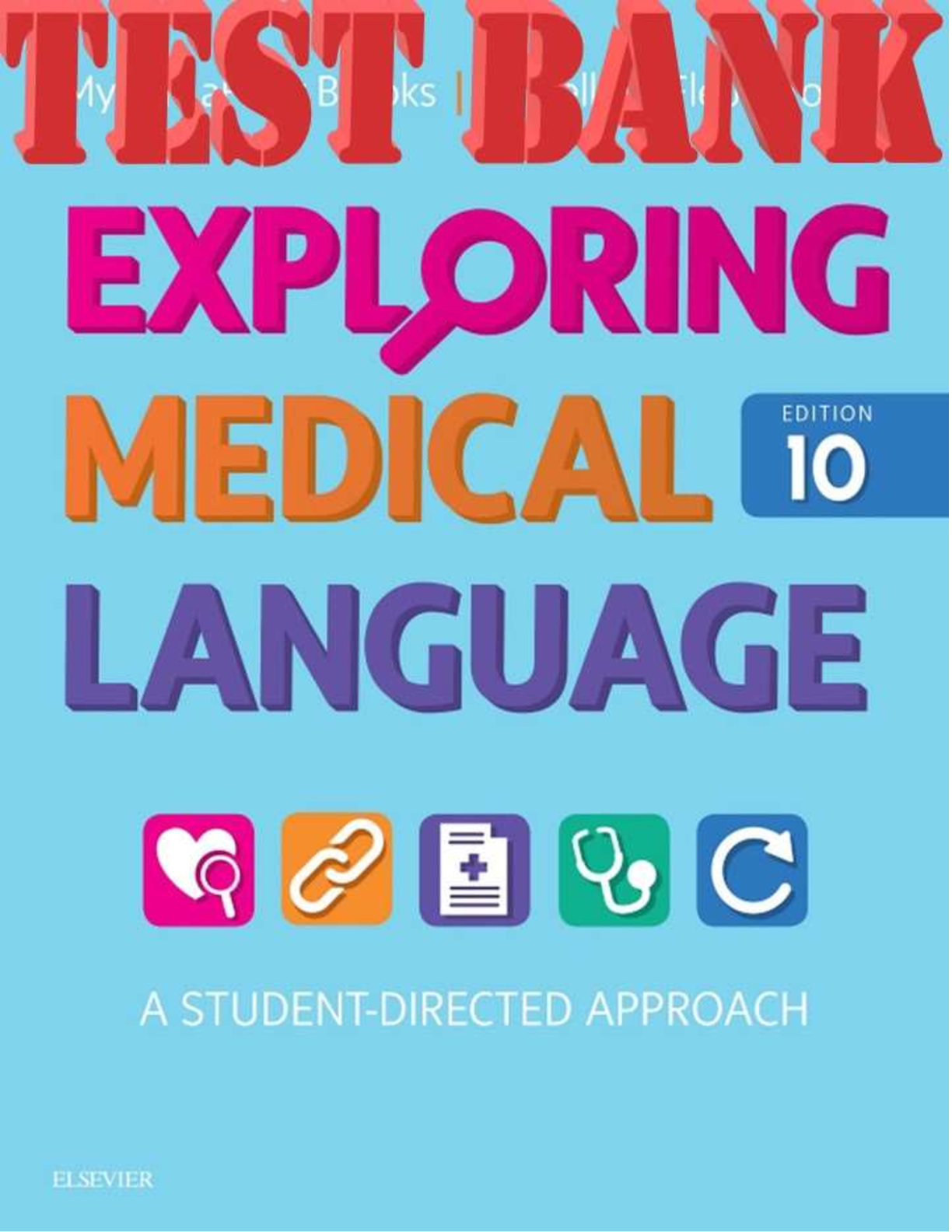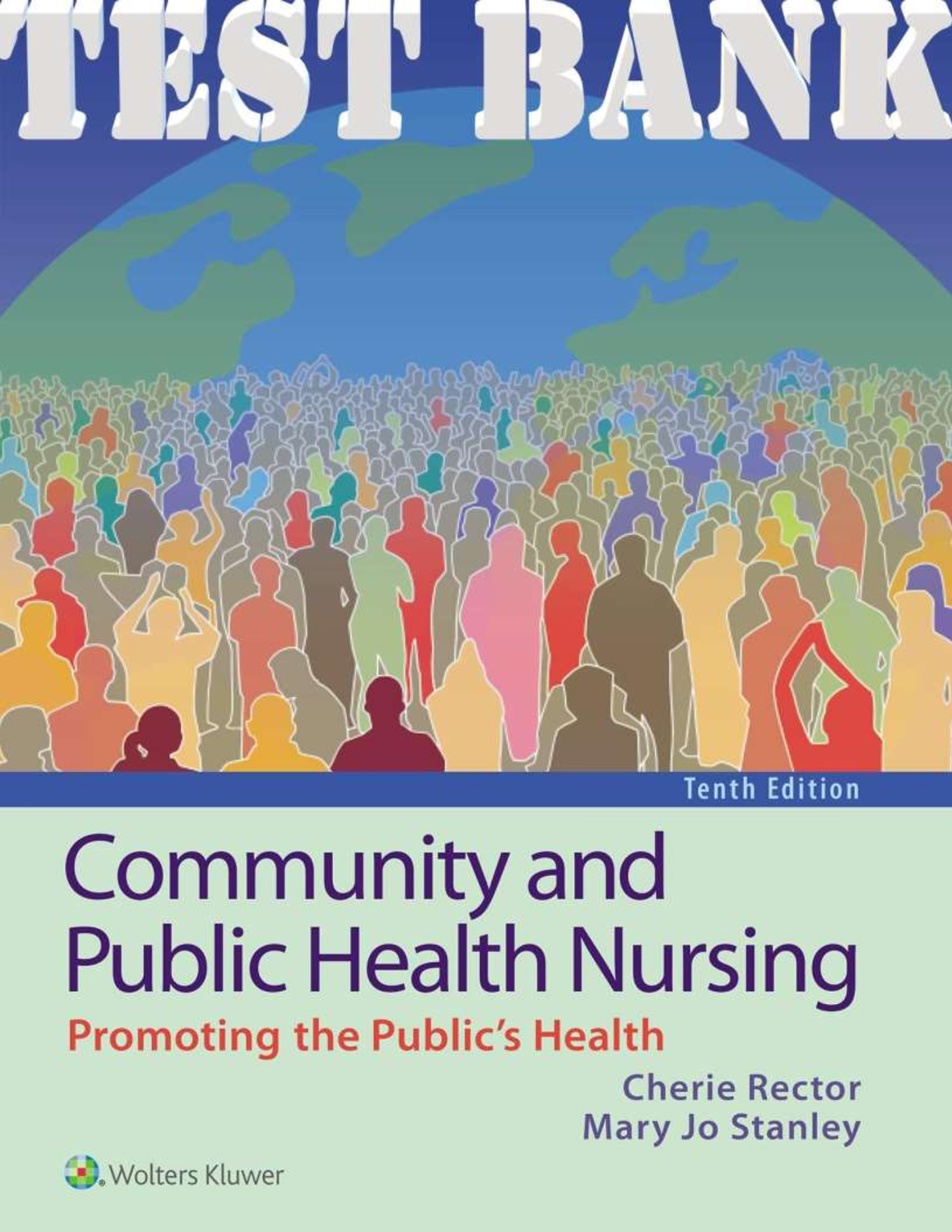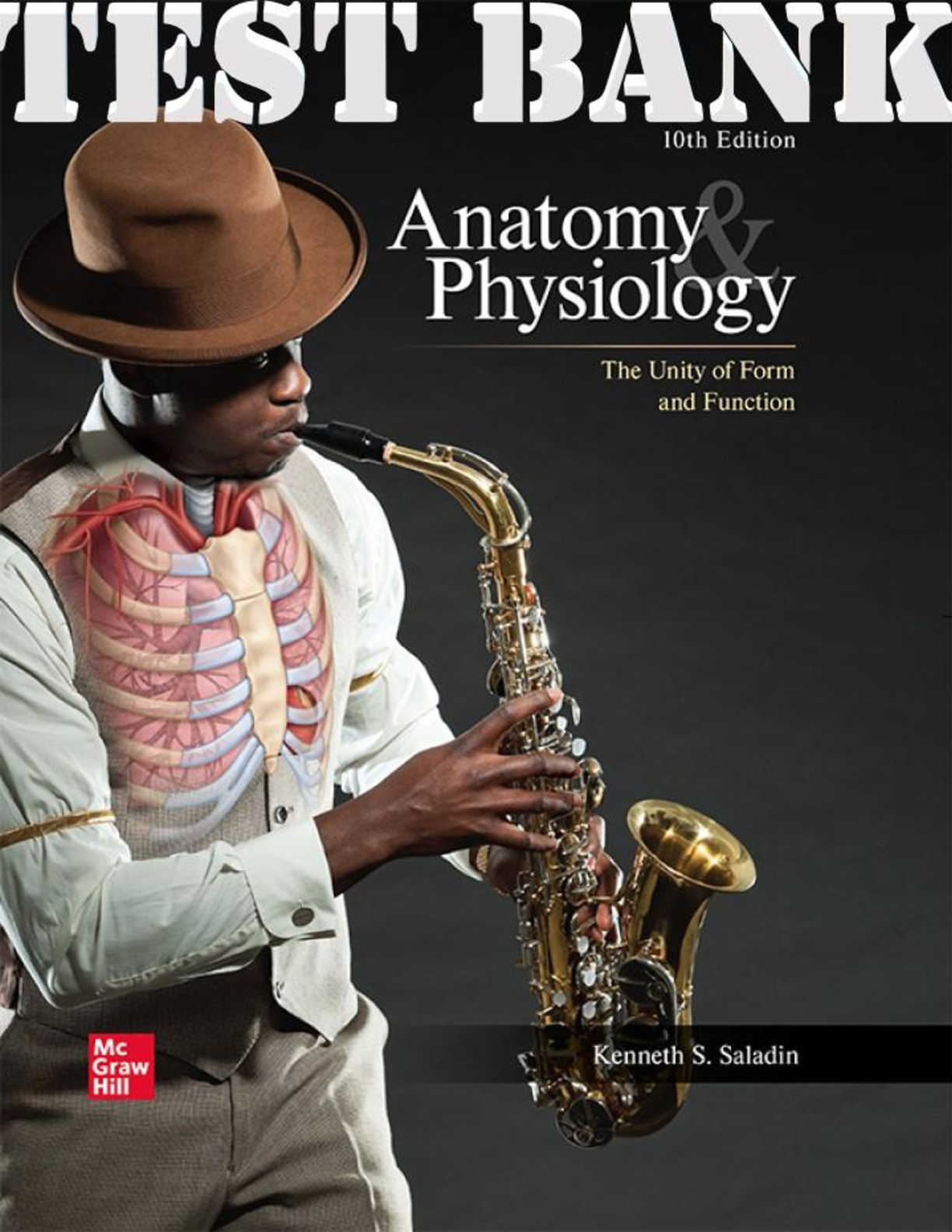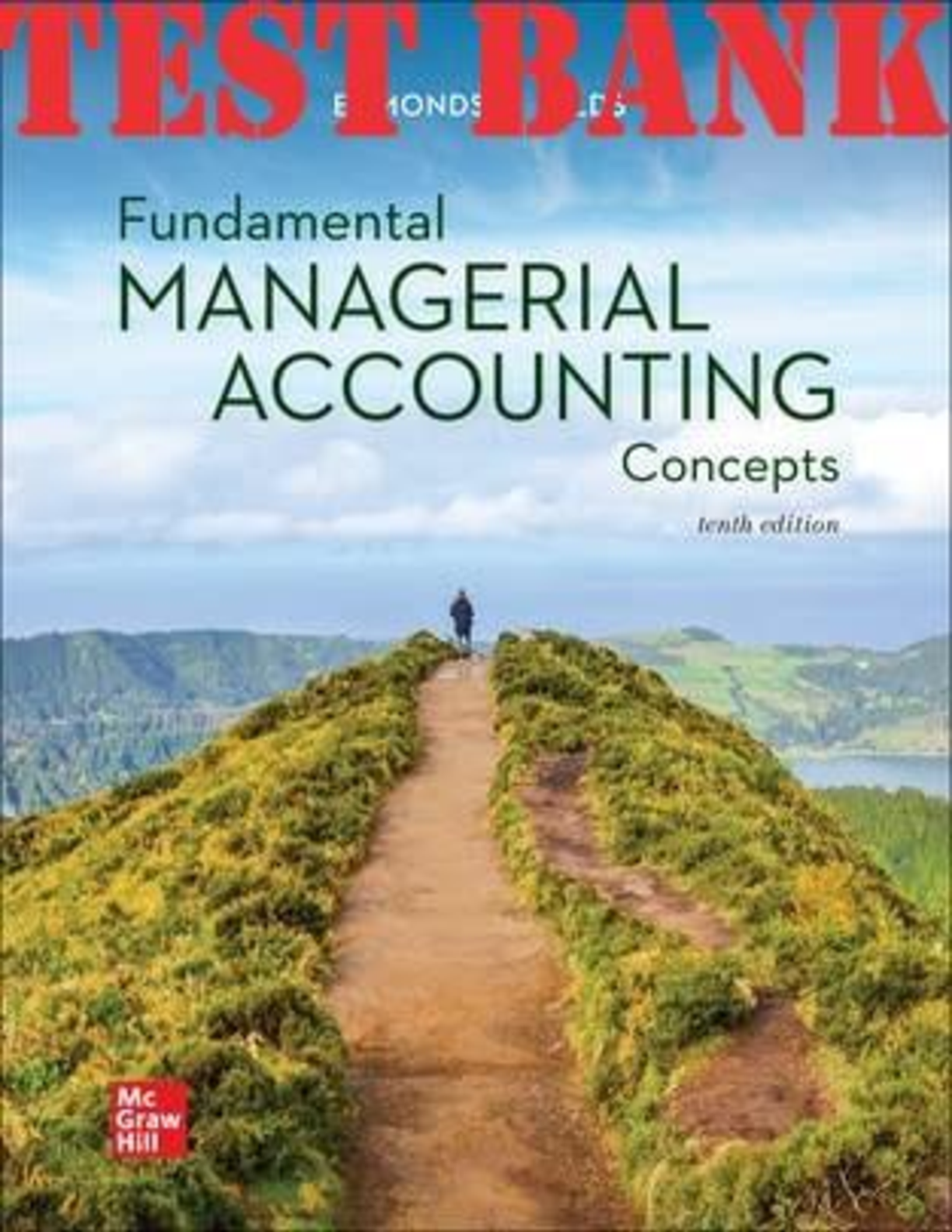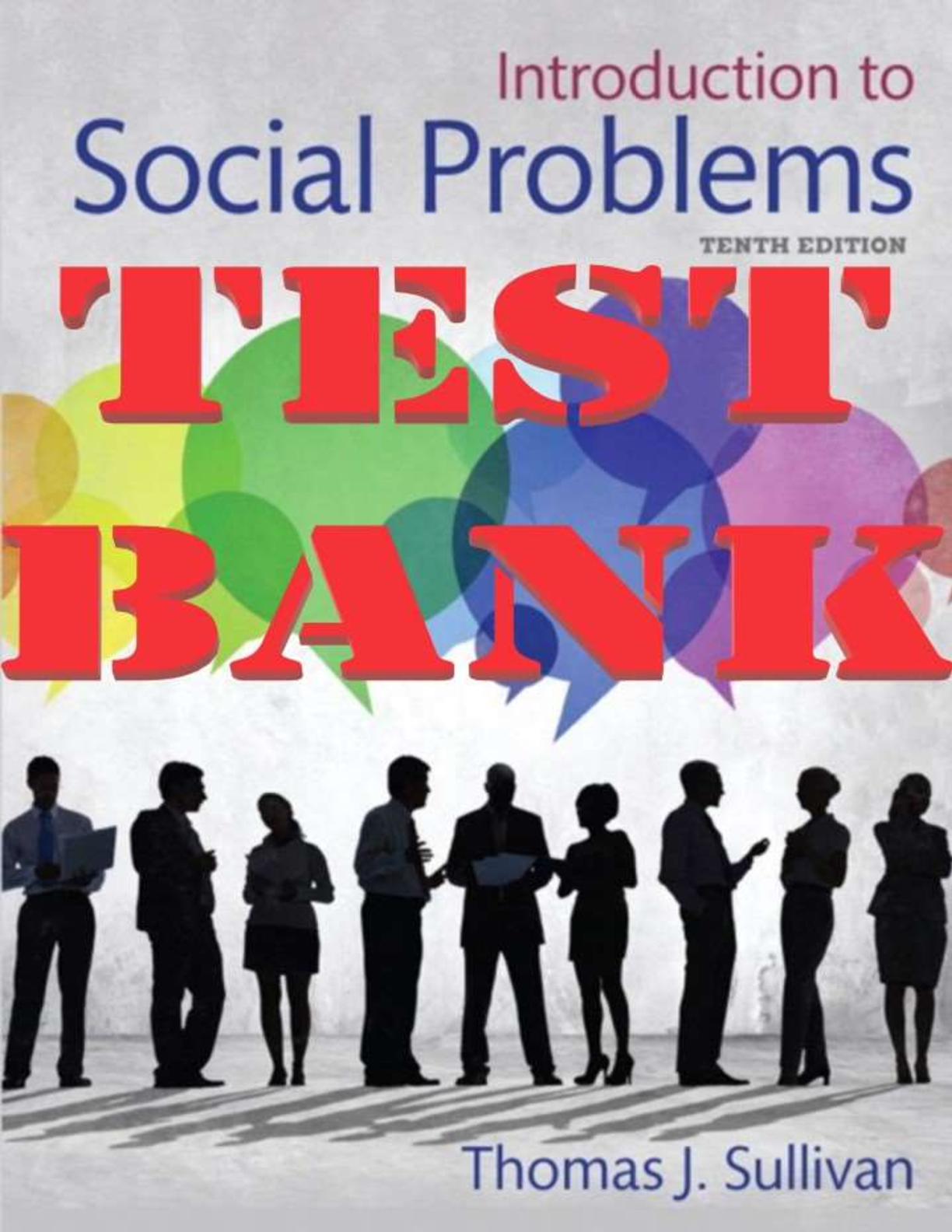*NURSING > TEST BANK > TEST BANK FOR PORTH’S PATHOPHYSIOLOGY 10TH EDITION BY NORRIS CHAPTER 17: Sleep and sleep disturban (All)
TEST BANK FOR PORTH’S PATHOPHYSIOLOGY 10TH EDITION BY NORRIS CHAPTER 17: Sleep and sleep disturbances
Document Content and Description Below
1. Which of the following statements most accurately characterizes an aspect of the neurobiology of sleep? A) The hypothalamus stimulates the anterior and posterior pituitary to modulate sleeping–w... aking cycles. B) The pituitary releases melatonin at predictable points in the circadian rhythm in order to facilitate sleep. C) The reticular formation, thalamus, and cerebral cortex interact to integrate the sleep–wake cycle. D) Input from the retinas is interpreted by the cerebellum and contributes to maintenance of the circadian rhythm. Ans: C Feedback: The sleep–wake cycle is rooted anatomically in the reticular formation and the interaction between the thalamus and cerebral cortex. Melatonin is produced by the pineal gland, and the hypothalamus and cerebellum are not central contributors to the sleep–wake cycle. 2. A client with a diagnosis of insomnia is surprised when his physician explains to him that his brain is still highly active during normal sleep. Which of the following statements best captures the character of brain activity during sleep? A) “Fewer neurons in your brain are firing when you're asleep, but they're more synchronized than when you're awake.” B) “While you're obviously less aware of stimuli when you're asleep, your brain is actually more active when you're asleep than when you're awake.” C) “There are four types of brain activity, and actually all of them occur at different stages of sleep.” D) “Your brain alternates between periods of activity and periods of inactivity when you're asleep, and these correspond to your eye movement.” Ans: A Feedback: Brain activity during sleep is lessened but is more synchronous than during waking. The brain is not more active during sleep, and alpha and beta rhythms are not associated with sleep. The brain is never truly inactive during sleep. 3. Which of the following characteristics describe stage 2 non-REM sleep? Select all that apply. A) It occurs at the onset of sleep and lasts approximately 7 minutes. B) During this stage, theta waves are primarily seen on EEG. C) This stage is known as deep sleep where heart rate and BP are decreased. D) This stage has interruptions of spindle activity that helps with integration of new memories. E) Muscles of the body are relaxed. Ans: B, D Feedback: Stage 2 non-REM sleep lasts approximately 10 to 25 minutes, where on EEG activity includes predominantly theta waves that are interrupted by sleep spindles consisting of bursts of high-frequency (12 to 14 Hz) waves. Answer choice A relates to stage 1 sleep that occurs at the onset of sleep and lasts approximately 7 minutes. Answer choices C and E relate to stages 3 and 4 of non-REM sleep, known as deep sleep where heart rate and BP are decreased and the muscles of the body are relaxed. 4. Which of the following observations of a female client in a sleep lab would indicate the clinicians that she is in REM sleep? A) Rolling eye movements are observed, and she has moderate muscle activity. B) Her motor movements are suppressed, and muscle tone is flaccid. C) Delta waves are evident on her EEG, and the heart and respiration rates are slowed. D) She has a low level of cerebral activity, and her EEG indicates low voltage and mixed frequencies. Ans: B Feedback: REM sleep is accompanied by low levels of muscle movement and loss of muscle tone. Rolling eye movements, delta waves, and low levels of cerebral activity are associated with stages 1 through 4 of sleep. 5. The nurse knows that which of the following observations of a client during a sleep study would be most likely considered a pathological finding? A) The client experiences periods of apnea of 5 to 15 seconds in duration. B) The client's intrinsic clock involves a sleep–wake cycle that is consistently 2 hours longer than the actual length of a day. C) The client's PCO2 level is increased, and his PO2 level decreased during deep sleep. D) The client spends the majority of his sleeping hours in deep REM sleep. Ans: D Feedback: While vital, REM sleep does not normally occupy the majority of sleeping hours. The brain is highly active during REM sleep, and it accounts for 20% to 25% of normal sleep. Brief apneic spells are not uncommon, and the circadian rhythm often does not match the 24-hour length of day. It is normal for PCO2 to increase and PO2 to decrease during deep sleep. [Show More]
Last updated: 1 year ago
Preview 1 out of 7 pages
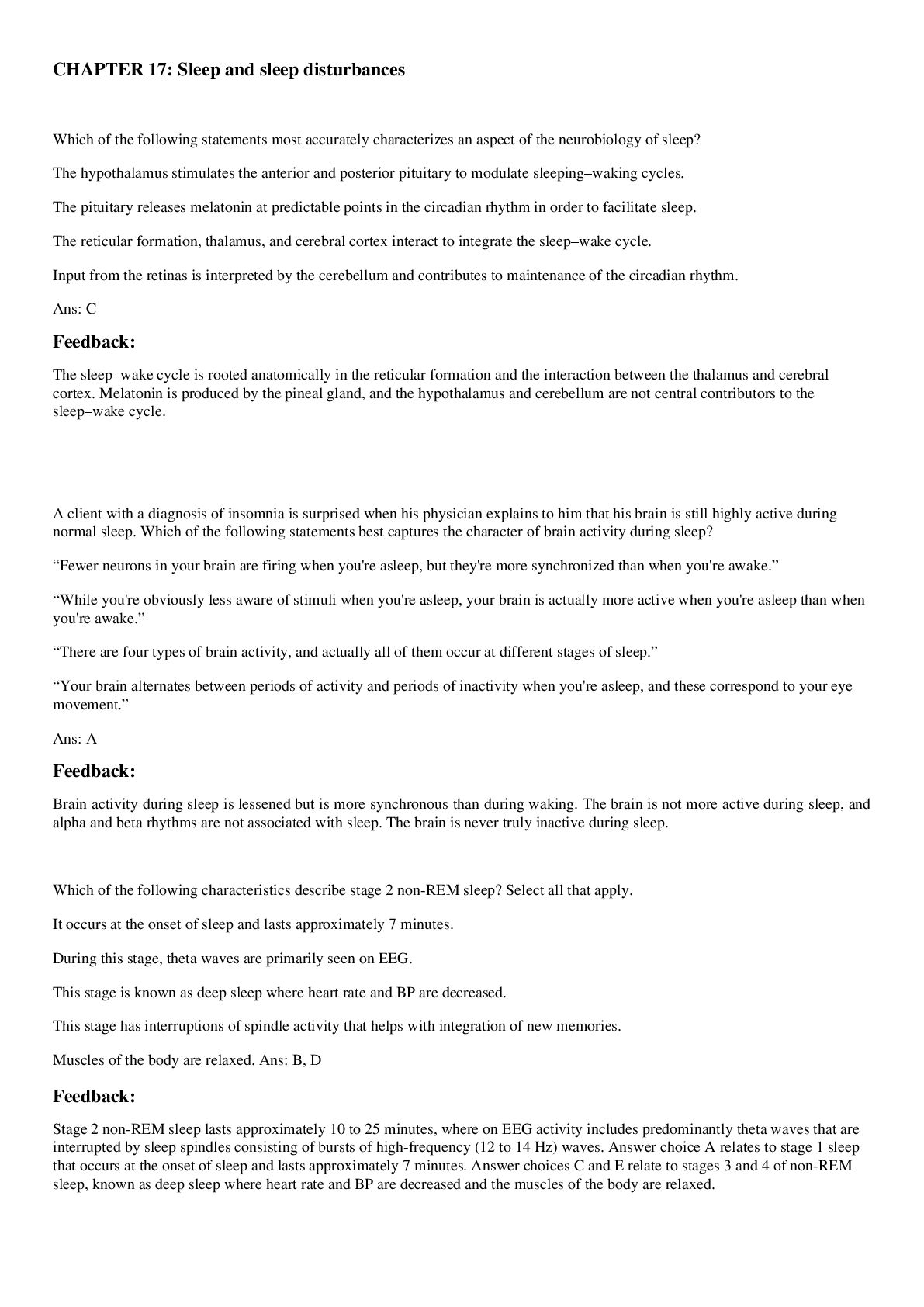
Buy this document to get the full access instantly
Instant Download Access after purchase
Add to cartInstant download
We Accept:

Also available in bundle (1)

TEST BANK FOR PORTH’S PATHOPHYSIOLOGY 10TH EDITION BY NORRIS ALL CHAPTERS
THIS PAPER CONSISTS OF ALL CHAPTERS
By GoldenA 3 years ago
$24
44
Reviews( 0 )
$4.50
Document information
Connected school, study & course
About the document
Uploaded On
Mar 01, 2021
Number of pages
7
Written in
Additional information
This document has been written for:
Uploaded
Mar 01, 2021
Downloads
0
Views
87


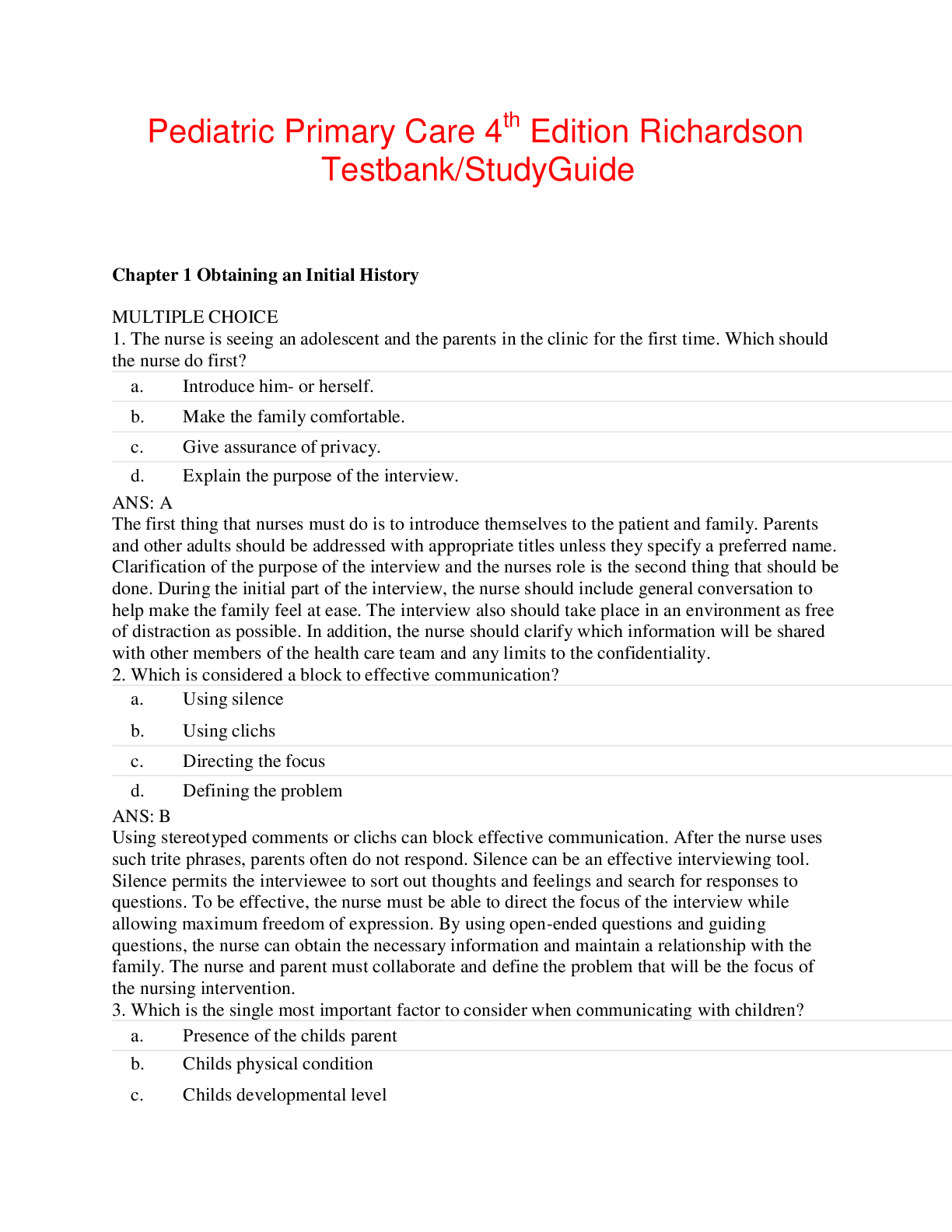

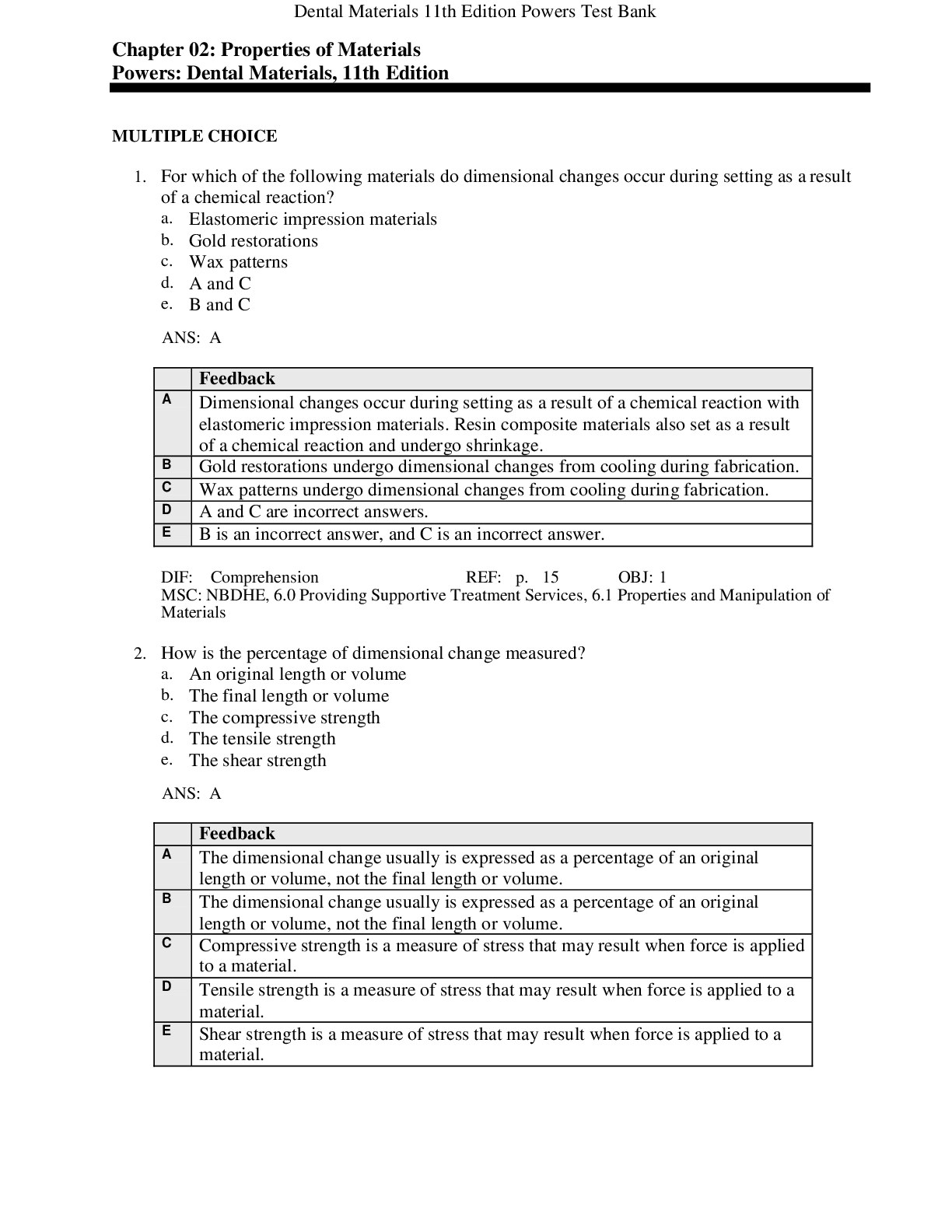
.png)
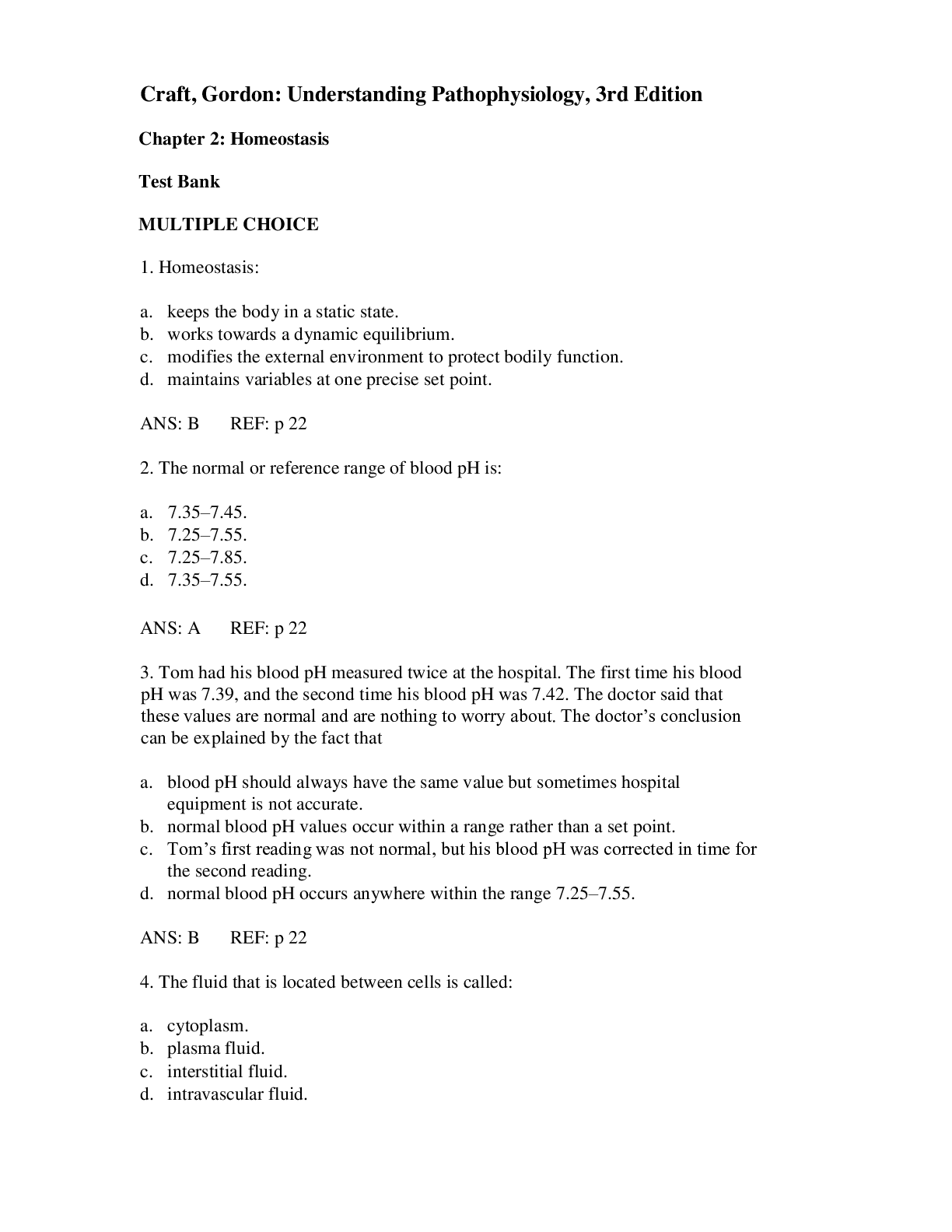



.png)
.png)
